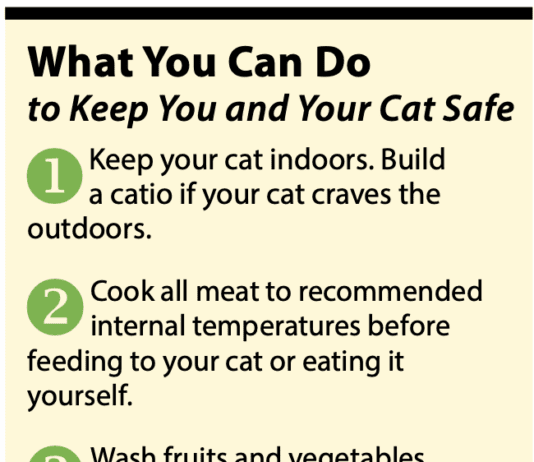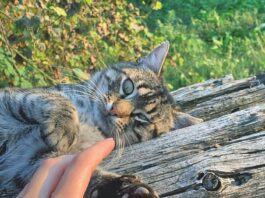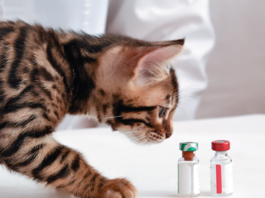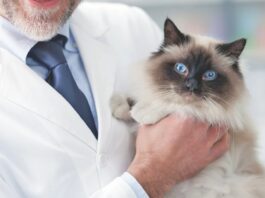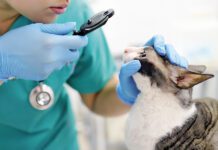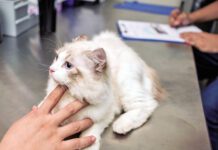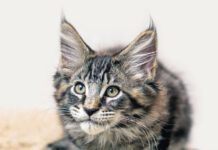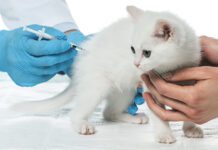Med Choices Are Complicated
If your cat is sick, it is natural to want a medication that will help her feel better. But antibiotics are not a cure-all,...
Head and Brain Injuries
Because cats are such small creatures, when they suffer a trauma resulting in brain injury, there are usually additional injuries—to the skull, eyes, jaw,...
Cornell’s Dr. Campoy Is a Leader in Pain Medicine
Enhanced Recovery After Surgery (ERAS) is a new area in veterinary and human medicine, and one of its leaders in veterinary medicine is Luis...
Time for Updated AAHA Senior Care Guidelines
The American Animal Hospital Association (AAHA) is synonymous with outstanding veterinary care for small animals. Their newly released 2023 Senior Care Guidelines for Dogs...
Tablets for Newly Diagnosed Diabetic Cats
The Food and Drug Administration, or FDA, announced approval of a new oral medication for diabetic cats called Bexacat (bexagliflozin). Until now, most diabetic...
Manage Diabetic Supplies
Receiving a diabetes diagnosis for your cat is stressful, but this disease can often be managed successfully for a long time. And if you...
Advanced Imaging Benefits
Most people are familiar with standard diagnostic imaging. You expect an x-ray—technically called a radiograph—for a broken leg and an ultrasound for a bladder...
Managing Inflammatory Bowel Disease in Cats
Q: I am writing to you about my 6-year-old cat Ellie, who was presumptively diagnosed with IBD about 6 months ago after an ultrasound...
Pain, Stress, and Gabapentin
Pain management is an integral aspect of health care. Uncontrolled chronic pain is more than just physical pain, as it often causes significant emotional...
Shots: Choosing Is Confusing
Vaccines have played a huge role in the prevention of infectious diseases, both in humans and in animals, for hundreds of years. They’ve no...
At-Home Glucose Testing
Just as in humans, feline diabetes is a chronic disease in which the body cannot properly produce or respond to the hormone insulin. This...
Transdermal Opioid Pain Reliever Approved
The U.S. Food and Drug Administration (FDA) recently approved the medication Zorbium (buprenorphine transdermal solution), the first transdermal buprenorphine animal drug intended to control...

